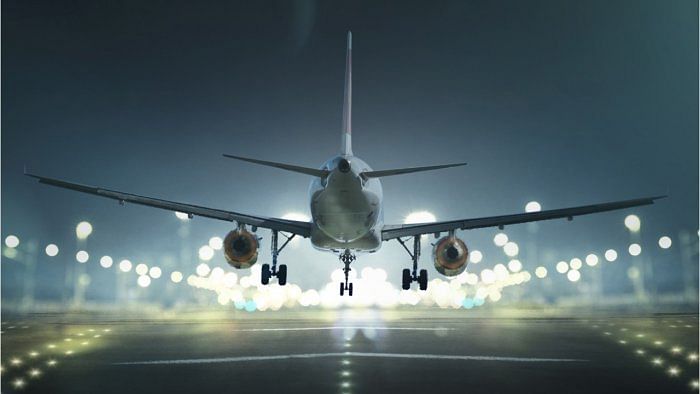
The Indian aviation industry is on a roll. The dramatic post-pandemic recovery of Indian passenger traffic, sent most airlines into a tizzy. According to the aviation advisory and research firm, CAPA India’s forecast, domestic air traffic in the country is slated to rise 20 per cent to 160 million in 2024, while international traffic is to climb by 22 per cent to 75 million. Grappling with this sudden boom, Indian airlines have rushed to place orders for 1,200 aircraft until March 2023, of which 132 are expected to be inducted in this fiscal year, taking the country’s total fleet to 816 aircraft.
However, to tide over the present shortage of aircraft, most airlines are opting to lease them. In fact, 80 per cent of the commercial fleet populating the Indian skies are leased. Wading into this scenario, here, DH’s Lavpreet Kaur unravels the intricacies of leasing and the regulations guiding them.
Also Read | What is the safest seat on an airplane?
Why do airline operators lease aircraft?
Commercial airlines often lease aircraft to secure the ability to temporarily increase capacity on certain routes or sectors. Leasing also helps airlines skirt the financial stress of actual purchase. This apart, it effectively enables the operators to maintain shorter fleet replacement cycles and ensure better fuel and operational efficiencies.
What are the different types of leasing models?
There are mainly three types of leasing models. According to the aircraft leasing manual by the Directorate of Civil Aviation (DGCA),the lessor supplies the aircraft, while the lessee deployed in keeping with the provisions of the lease agreement.
In dry lease agreement, the lessor only provides the aircraft, bereft of any crew. Operational responsibility, then becomes the sole responsibility of the lessee.
In a wet lease agreement, the lessor offers not just the aircraft but also the entire crew to run it for a specified period or a defined number of flights. In other words , the lessor in charge of the operations and maintenance of the flights.
In a damp lease agreement, the lessor offers only a partial crew (essentially the pilots and engineers) along with the aircraft. The lessee, then, has the responsibility of matching the lessor’s operational policies, when hiring the rest of the crew needed to operate the flights.
What is the most preferred leasing model?
Globally dry leasing is the most preferred option. Under it, 1-1.5 per cent of the aircraft cost is paid as lease rental per month and the lessee is in control of costs for training the crew, maintenance and staffing. In addition, the aircraft is also operated under the lessee’s air operator certificate (AOC) and gives 100 per cent operational control to the lessee (and hence the regulator).
Wet leasing, on the other hand, is slightly costlier and can increase operational costs for the airline as the lessor provides for maintenance and crew. It does not include a code-sharing arrangement.
What are the current rules of leasing in India?
Regulations allow for the leasing of aircraft by Indian operators with permission of the Director General of Civil Aviation (DGCA).
As per rules, dry leasing is allowed for up to 12 months, with the option of one-time extension of another 12 months. On the other hand, the DGCA also allows an Indian carrier to wet lease aircraft for 3-6 months, subject to a one-time extension of an additional 3 months.
This apart, wet or damp leasing of planes is allowed for short periods in emergency situations by DGCA, such as unexpected grounding of the aircraft of an existing AOC holder, aircraft under scheduled maintenance or checks or any other unforeseen circumstances.
Why has DGCA changed the rules for the wet lease of aircraft?
Last year, the civil aviation ministry allowed Indian airlines to take wide-body planes on wet lease for a period of one year (six months extendable by another six months) to make India a key international hub for air traffic. The move came amidst the V-shaped recovery of air travel and supply chain challenges that continue post-pandemic.
Soon after, Indigo, India’s largest airline, wet-leased two Boeing 777s from Turkish Airlines to operate daily flights to Istanbul from Delhi and Mumbai.
This month, Civil Aviation Minister Jyotiraditya Scindia reported that India has tweaked its aircraft leasing program to enable airlines to add more aircraft to meet passenger demand, including more wet-leasing for both domestic and international routes.